 Thus Spoke Zarathustra may be Nietzsche’s most important and brilliant piece of writing, and Walter Kaufmann’s translation, with its insight translation notes, may be the most significant version. Though the overarching theme of this book is fairly evident, there is a tremendous amount of confusion not only about the book, but even its central theme. In concise terms, the thesis of this book is that people must overcome themselves. Nietzsche speaks of this in terms of the overman, which is often translated as superman.
Thus Spoke Zarathustra may be Nietzsche’s most important and brilliant piece of writing, and Walter Kaufmann’s translation, with its insight translation notes, may be the most significant version. Though the overarching theme of this book is fairly evident, there is a tremendous amount of confusion not only about the book, but even its central theme. In concise terms, the thesis of this book is that people must overcome themselves. Nietzsche speaks of this in terms of the overman, which is often translated as superman.
The traditional translation of superman, according to Kaufmann, may account for much of the confusion. Superman, in Western thought, easily becomes imbued with super powers or godlike qualities; however, this was not Nietzsche’s intent. The overman is less about super qualities and more about the courage to face himself or herself. The overman is willing to take responsibility for his or her life while creatively engaging the world. Included in this engagement is the willingness to not accept the values of one’s world, culture, and even religion; instead, the overman critically examines these worldviews while creating their own values.
With the concept of overcoming oneself, Nietzsche takes on one of his most controversial and misunderstood topics: religion. It is clear that Nietzsche is not religious and to attempt to reconcile him as a man of faith would significantly misrepresent his thought. However, Nietzsche is neither pro-religion nor as much an enemy as he is often portrayed. The main concern Nietzsche has with religion is blind faith and conformity. This type of religion, Nietzsche is adamantly opposed to. However, a religion in which the individual has struggled to attain is not seen as dangerous.
Two important quotes may help understand Nietzsche’s view of God:
“Alas, my brothers, this god whom I created was man-made and madness, like all gods! Man he was, and only a poor specimen of man and ego: out of my own ashes and fire this ghost came to me, and, verily, it did not come to me from beyond. What happened, my brothers? I overcame myself, the sufferer; I carried my own ashes to the mountains; I invented a brighter flame for myself.” (p. 31)
“In their hostilities they shall become inventors of images and ghosts, and with their images and ghosts they shall yet fight the highest fight against one another. Good and evil, and rich and poor, and high and low, and all the names of values – arms shall they be and clattering signs that life must overcome itself again and again.” (p. 101)
The first quote demonstrates some bitterness toward religion, though it does not rule out the possibility of healthy religiosity. Nietzsche’s position is not that different from Freud (1927/1961), and quite possibly contributed to Freud’s perspective. Essentially, Nietzsche viewed God as a projection of our wishes (will-fulfillment) and our pathology; not a metaphysical reality. Because of this, God’s characteristics are dependent upon the individual and the culture. This helps to explain Nietzsche’s controversial claim that “God is dead.” Frequently, this is interpreted as a metaphysical statement; however, this was not the nature of Nietzsche’s claim. Instead, Nietzsche was stating that the cultural and individual understanding or creation of God is dead. It is a critique of culture and individuals, not God.
A review of Thus Zarathustra Spoke would not be complete without some notes on the literary style. If nothing else, the literary style of this book demonstrates Nietzsche’s brilliance. He utilized a tremendous understanding of religious literature which he often mocked through his style of writing. A person familiar with the Bible will quickly recognize his frequent indirect references to Biblical ideas, stories, and quotes. It is through these that Nietzsche shows his wit and command of literary style. It is also where Nietzsche likely offends and drives away many of his readers. This is unfortunate. Even if one does not agree with Nietzsche’s appraisals of religion, or care for his clever mocking; there is still important messages in this book for the religious and the non-religious.
To the religious, Nietzsche challenges people to become more than sheep. However, it is clear that he believes most people chose to be sheep: “No shepherd and one herd! Everybody wants the same, everybody is the same: whoever feels different goes voluntarily into a madhouse” (p. 18). If one chooses to be religious, they should know what that choice entails! One should take the time to learn if it what they truly believe or if it is what they seek to achieve security escaping the fears and anxieties of life. Escapist religion is dangerous religion; however, religion achieved through struggle and genuine belief may be a responsible choice.
~ Louis Hoffman, PhD
Added 2004; Never been updated.
Note: Although this site is owned by Louis Hoffman, it supports the Rocky Mountain Humanistic Counseling and Psychological Association (RMHCPA), which is a 501(c)3 nonprofit organization. As an Amazon Associate, RMHCPA earns from qualifying purchases made through the links on this page.

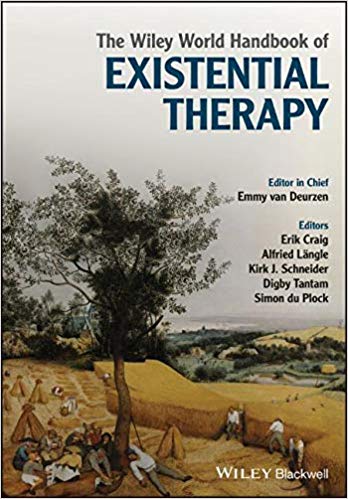
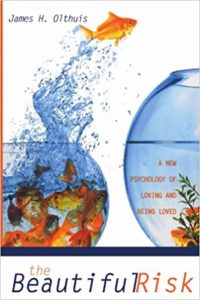
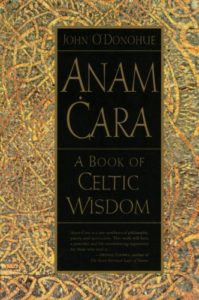

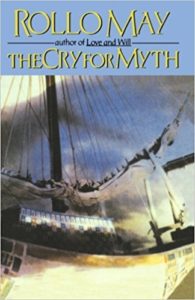
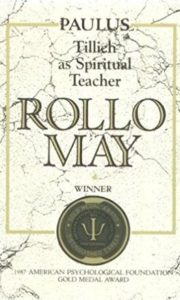
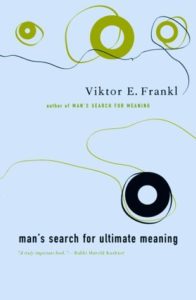 The nemesis of Frankl’s writing has always been the discontinuities of his books. While Frankl’s essays are penetrating and powerful, when brought together in a book format they retained the feel of a collection of essays instead of a unified work. It could be argued that this has always been a limiting factor in logotherapy becoming more influential. Until this book, there has not been a book of Frankl’s which has been able to achieve consistency through the entire piece.
The nemesis of Frankl’s writing has always been the discontinuities of his books. While Frankl’s essays are penetrating and powerful, when brought together in a book format they retained the feel of a collection of essays instead of a unified work. It could be argued that this has always been a limiting factor in logotherapy becoming more influential. Until this book, there has not been a book of Frankl’s which has been able to achieve consistency through the entire piece.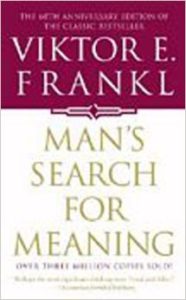 I have often heard it suggested that this book should be reread every decade of one’s life. At each stage of life, the book can bring new insights. Many are familiar with the general content of this book, however; no description can adequately deal with the power of the story. The first portion of this book, which entails over half the book, is Frankl’s story of his experience in the concentration camps during World War II. This is both gripping and chilling. I will make no attempts to give an overview of the story because it is a story that each person must read for themselves.
I have often heard it suggested that this book should be reread every decade of one’s life. At each stage of life, the book can bring new insights. Many are familiar with the general content of this book, however; no description can adequately deal with the power of the story. The first portion of this book, which entails over half the book, is Frankl’s story of his experience in the concentration camps during World War II. This is both gripping and chilling. I will make no attempts to give an overview of the story because it is a story that each person must read for themselves.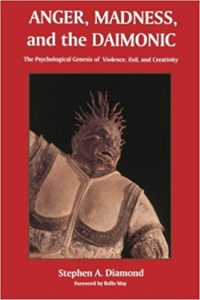 It is a bit intimidating to write a review of Stephen Diamond’s book. Rarely in my life have I read about book as packed with content as this volume. The 312 pages of this book read like 500-600 pages of text. While the thickness of ideas in this book make it a slow read, Diamond is still able to write in a manner that makes the book highly readable and easy to understand.
It is a bit intimidating to write a review of Stephen Diamond’s book. Rarely in my life have I read about book as packed with content as this volume. The 312 pages of this book read like 500-600 pages of text. While the thickness of ideas in this book make it a slow read, Diamond is still able to write in a manner that makes the book highly readable and easy to understand.